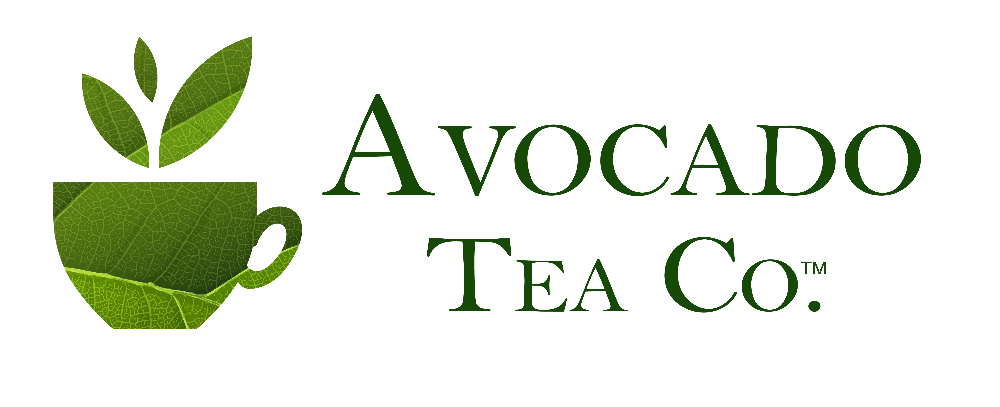🌿 What Are Good Agricultural Practices?
From the dawn of agriculture thousands of years ago to the modern-day global food system, farming has shaped human civilization. But with today’s complex supply chains and industrial-scale production, consumers increasingly want to know how their food is grown, handled, and delivered safely.
That’s where Good Agricultural Practices (GAP) come in.
🧺 The Origins of GAP
In the late 1990s, rising fresh-produce consumption coincided with an increase in foodborne illness outbreaks. To restore confidence in the safety of fruits and vegetables, the U.S. Department of Agriculture (USDA) and the Food and Drug Administration (FDA) developed the Good Agricultural Practices (GAP) and Good Handling Practices (GHP) Audit Verification Program.
These voluntary third-party audits verify that farms, packers, and distributors minimize microbial and physical contamination risks at every stage — from the field to packaging and storage.
🧑🌾 What GAP Certification Covers
GAP certification ensures that farms follow strict safety and hygiene standards, including:
-
Clean water and soil use
-
Proper sanitation of equipment and facilities
-
Worker hygiene and safety training
-
Safe use of fertilizers and pesticides
-
Secure, traceable storage and transportation
The process reduces risks from contaminants such as equipment residue, animals, and human contact. Farms that achieve GAP certification are listed in a USDA database, signaling to buyers and consumers that their products meet the highest food safety standards.
🌎 Why GAP Certification Matters
For growers, being GAP-certified can open doors to new business. Many schools, wholesalers, and retailers only work with certified producers. For consumers, it’s reassurance that fruits and vegetables — or teas like ours — were produced under conditions designed to protect public health.
By voluntarily adopting GAP standards, producers not only enhance safety but also streamline processes, improve product quality, and contribute to a more sustainable global food system.
🪴 Agriculture Around the World
Agriculture has evolved differently across the globe. Some regions, such as coastal West Africa, rely on traditional intercropping and rainfall to maintain biodiversity and soil health. Others, like the U.S. Corn Belt, use large-scale mechanization and chemical inputs to sustain yields.
Despite these differences, any producer — from small farms to large cooperatives — can pursue GAP certification to meet international safety standards.
🍃 What GAP Means to Avocado Leaf Tea Co.
At Avocado Leaf Tea Co., we take pride in following Good Agricultural Practices throughout our production. Our picking company is GAP-certified, meaning every leaf we harvest is grown, handled, and processed safely in accordance with FDA and USDA recommendations.
But we believe true sustainability goes beyond safety standards — it’s about ethical treatment and fair compensation for the people behind our products.
💚 Fair Wages and Fair Work
Worldwide, more than 1.4 billion people live in extreme poverty, many of them agricultural workers. Despite statutory minimum wages in most countries, enforcement is weak, and many farmworkers still earn far below the World Bank poverty line.
In California, where Avocado Leaf Tea Co. is based, the average annual income for agricultural workers remains significantly lower than other industries. To change that, we’ve committed to paying our leaf pickers a fair hourly wage of $23, nearly double the state minimum for small businesses.
This approach ensures that the people who bring our tea to life are treated with dignity — setting a new benchmark for transparency and social responsibility in the beverage industry.
🌱 Sustainability and Safety Go Hand in Hand
By combining GAP certification with ethical labor practices, we ensure that our avocado leaves are:
✅ Safely grown and harvested under clean, traceable conditions
✅ Hand-picked in Temecula, California, where the trees thrive naturally
✅ Free from harmful chemicals and contaminants
✅ Produced under fair-wage, eco-friendly standards
This dual commitment to safety and fairness defines our mission at Avocado Leaf Tea Co. — crafting a tea that honors the earth, the farmers, and every customer who enjoys it.
🫖 Why It Matters to You
When you sip Avocado Leaf Tea, you’re not just enjoying a smooth, antioxidant-rich beverage — you’re supporting:
-
A sustainable food system built on accountability
-
Fair pay and ethical treatment of agricultural workers
-
Environmentally responsible farming practices
Choosing products from GAP-certified and fair-wage producers means your purchase has purpose.
💚 In Conclusion
Good Agricultural Practices benefit everyone — from farmers to consumers. They ensure our food and beverages are safe, high-quality, and ethically produced. At Avocado Leaf Tea Co., we’re proud to go beyond compliance, combining GAP certification with a commitment to fair wages and sustainability.
Every cup you enjoy represents a safer, cleaner, and more compassionate future for agriculture.
👉 Learn more and shop sustainably at AvocadoTea.com
💚 From our grove to your cup — drink to your health and the planet’s. 🌿







